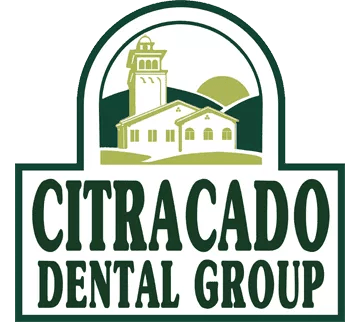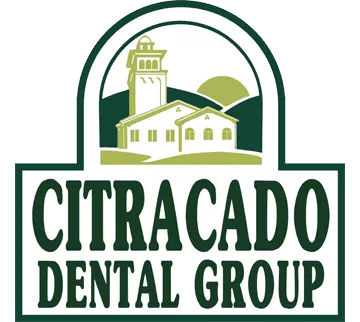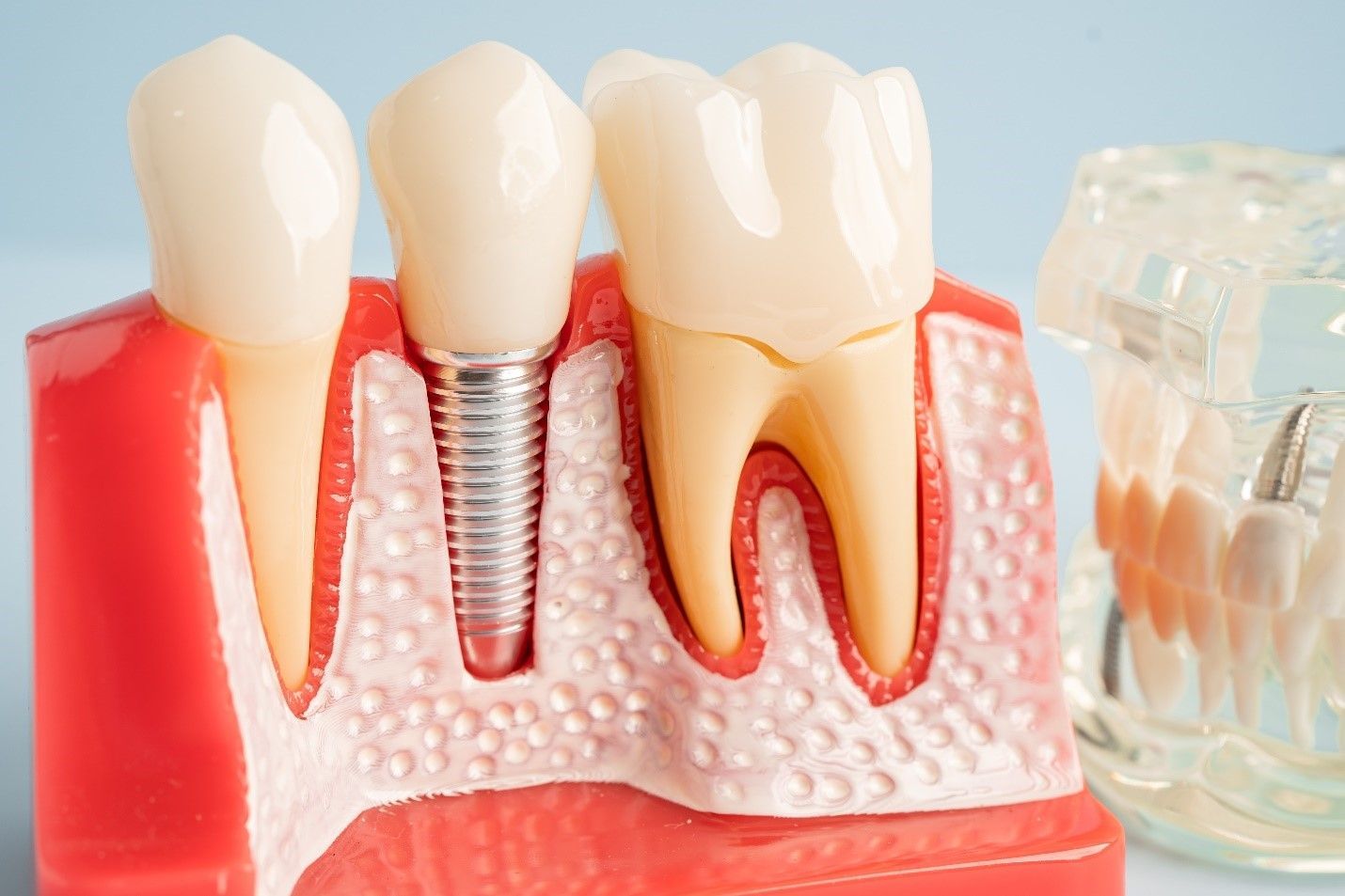ARE YOU MAKING 1 OF THESE 5 COMMON ORAL HYGIENE MISTAKES?

Everyone wants the very best for their dental health and smile. But sometimes well-intended efforts may fall short in fully protecting people from cavities, gum disease and other preventable dental ailments.
Here are five common mistakes that you might be committing on a daily basis, which can have a negative effect on your oral hygiene routine and health.
Using old toothbrush
When was the last time you replaced your toothbrush? If you don’t remember, that may be a sign that it’s been too long.
The American Dental Association urges people to replace their toothbrushes within four months. If not, they risk using a toothbrush with worn bristles that cannot effectively reach and clean teeth and gums.
Some toothbrushes have visual indicators to let you know. Other electronic toothbrushes come with software that will alert your phone once it’s time to replace the brush head.
Brushing immediately after lunch
It sounds counterintuitive, but brushing your teeth immediately after eating is not necessarily the go-to approach for optimal teeth cleaning.
Your body actually wants to use its saliva first to break down food and lower the acidity levels inside the mouth after a meal. Jumping right into brushing will interfere with this important natural cleaning process.
Instead, get a glass of water first before running to the bathroom to brush your teeth.
if possible, rinsing with water after eating or waiting for 20 minutes can reduce the amount of acids present in your mouth, which can allow you to be more thorough.
Rushing when flossing
Flossing your teeth cleans hard-to-reach debris between teeth and under gumlines.
But it must be done properly to be effective. That means no rushing. Aim for every area between every tooth — not just where you think food is hiding.
Take your time and use the proper C-shape flossing technique to work between every tooth in a sideways motion without going deep toward the gums.
Rinsing away mouthwash too soon
Mouthwash is a powerful dental liquid that provides anti-cavity, germ-killing and plaque-protection benefits. But only if it’s used for the right amount of time.
Make sure to swish and gargle long enough to reap the benefits — sometimes for up to a full minute.
If 60 seconds is too long to endure the burning sensation, you can add water or use one with zero alcohol.
If you suffer from a dry mouth, Alcohol-based mouth rinses can make your symptoms more severe. Mouthwash is not a replacement for the physical action of brushing and flossing.
Applying too much pressure
Brushing harder is not necessarily brushing smarter when it comes to dental health.
A gentler approach is more effective and safer for your teeth and gums. With a more targeted approach, you can use the right amount of pressure to remove debris and bacteria without compromising tooth enamel and gum health.
QUICK MENU
RECENT POSTS






